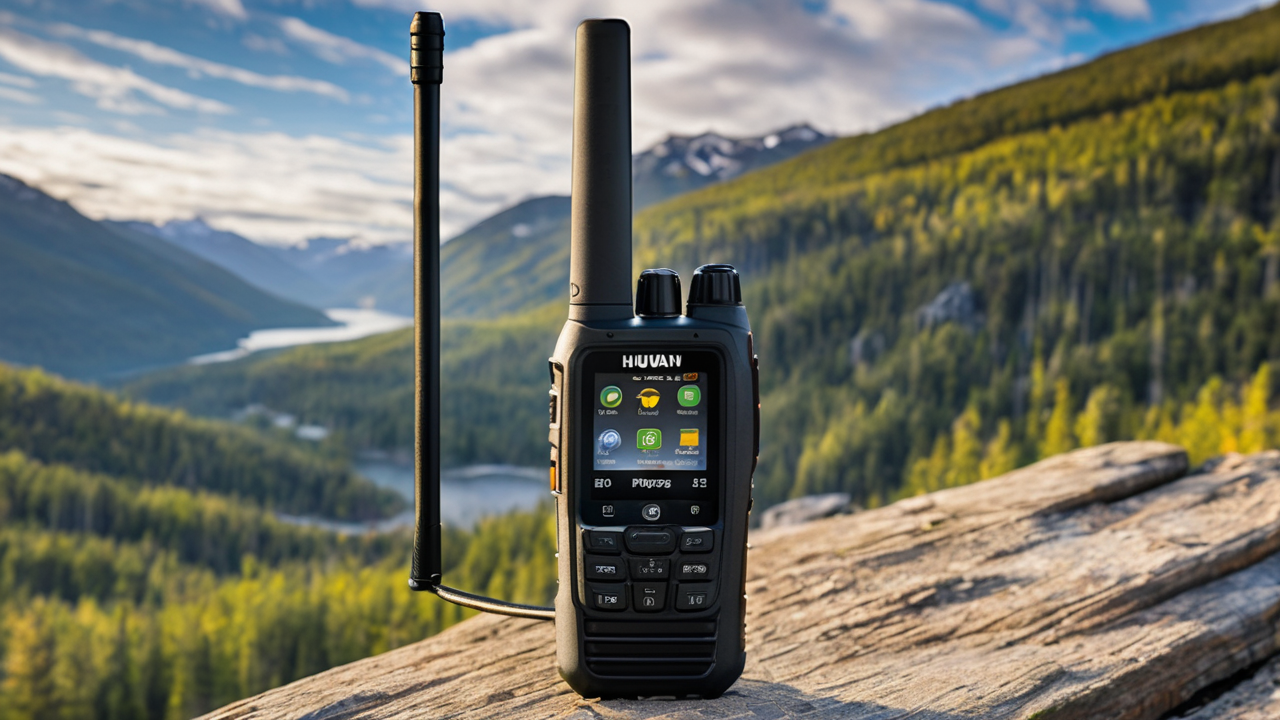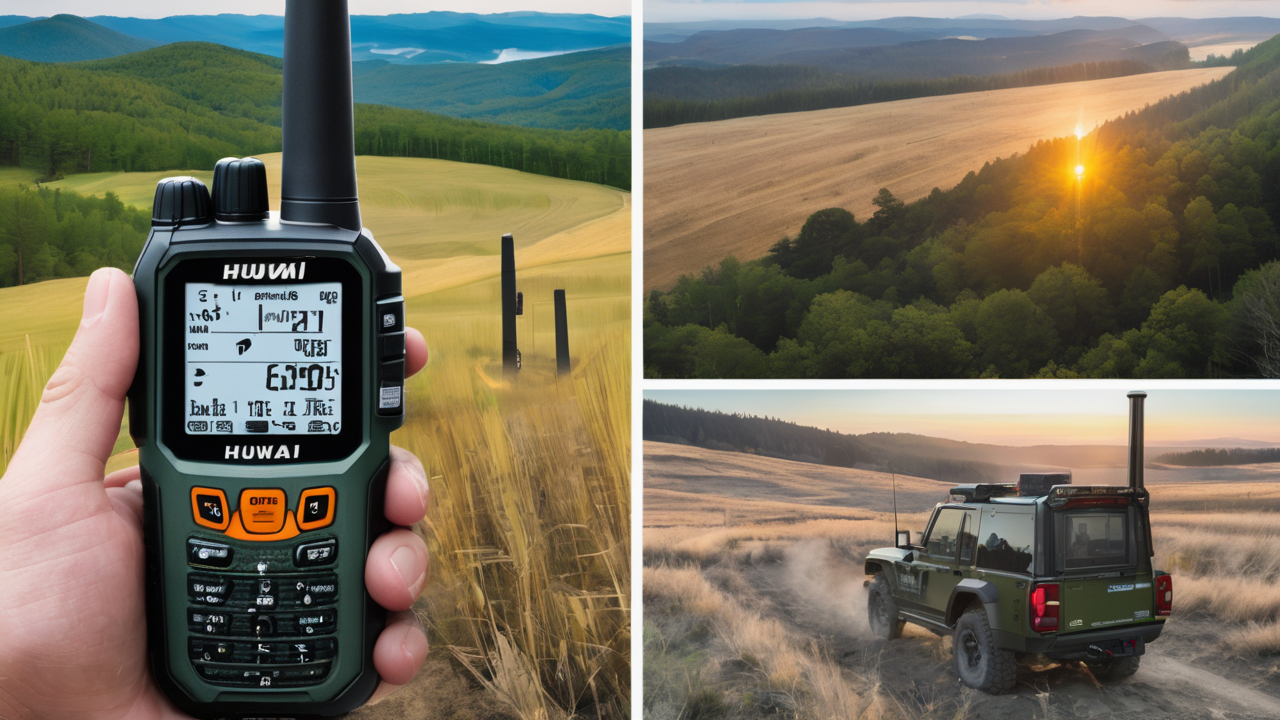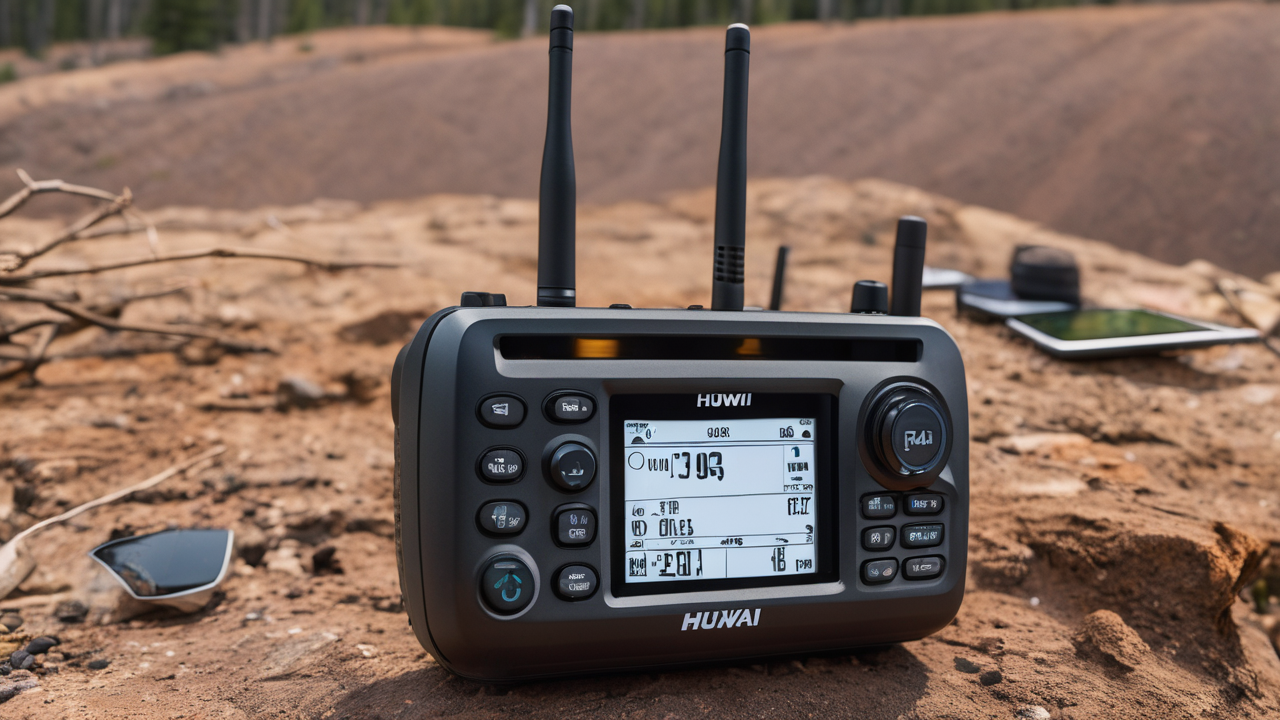Understanding the Basics of Long-Range Walkie Talkies
What Are Long-Range Two-Way Radios?
Long-range two-way radios are portable communication devices. They allow users to talk over long distances without cell networks. These radios use radio waves to transmit and receive signals. They are also known as walkie-talkies or handheld transceivers.

Long-range models can cover vast areas, sometimes up to 100 miles. However, this range depends on many factors. Terrain, weather, and obstacles can affect performance. These radios are popular for outdoor activities, emergencies, and remote work.
Key Features of High-Range Walkie Talkies
High-range walkie-talkies have several important features:
- Power output: Higher wattage means longer range
- Frequency bands: VHF or UHF, each with pros and cons
- Battery life: Longer-lasting batteries for extended use
- Durability: Rugged design for outdoor conditions
- Channel capacity: More channels for clearer communication
- Privacy codes: To reduce interference from other users
- Weather alerts: Built-in NOAA weather radio for safety
- Hands-free operation: For convenience in various situations
- Water resistance: Protection against moisture and rain
These features make long-range radios suitable for many uses. They are ideal for hiking, camping, hunting, and emergency preparedness.
The Difference Between Short-Range and Long-Range Walkie Talkies
Short-range and long-range walkie-talkies differ in several ways:
- Range: Short-range models cover 1-5 miles. Long-range can reach up to 100 miles in ideal conditions.
- Power: Long-range radios have higher wattage, typically 4-5 watts. Short-range often have 0.5-2 watts.
- Frequency: Long-range often use lower frequencies for better penetration. Short-range usually operate on higher frequencies.
- Features: Long-range models often have more advanced features. These include GPS, longer battery life, and more channels.
- Size and weight: Long-range radios are usually larger and heavier. This is due to bigger batteries and antennas.
- Price: Long-range walkie-talkies are generally more expensive. They offer more features and better performance.
- Licensing: Some long-range radios require FCC licenses. Most short-range models are license-free.
Selecting the Best Long-Range Walkie Talkie for Your Needs
Assessing Your Requirements: Business, Hunting, or Emergency Preparedness?
Choosing the right long-range walkie-talkie depends on your specific needs:

For business use, consider:
- Channel capacity for multiple teams
- Durability for industrial environments
- Long battery life for extended shifts
- Clear audio quality in noisy settings
For hunting, look for:
- Camouflage design or quiet operation modes
- Weather resistance for outdoor use
- Long range for vast hunting grounds
- Hands-free options for convenience
For emergency preparedness, prioritize:
- Weather alert features
- Long battery life or alternative power options
- Wide frequency range for communication with rescue services
- Durability to withstand harsh conditions
Consider your primary use case when selecting a radio. This ensures you get the features you need most.
Important Specifications to Look for in Long-Range Walkie Talkies
When choosing a long-range walkie-talkie, consider these key specs:
- Range: Look for models advertising 30+ miles range.
- Power output: Higher wattage (4-5W) offers better range.
- Frequency bands: VHF for open areas, UHF for urban environments.
- Battery life: Aim for 10+ hours of use time.
- Channel capacity: More channels mean more communication options.
- Privacy codes: CTCSS/DCS codes reduce interference.
- Durability: Look for IP ratings for water and dust resistance.
- Size and weight: Balance range capabilities with portability.
- Additional features: GPS, Bluetooth, or emergency alerts may be useful.
- License requirements: Check if the radio needs an FCC license.
Remember, actual performance may vary based on conditions. Test the radio in your intended environment if possible.
How to Determine the Coverage You Need
Determining the right coverage for your long-range walkie-talkie involves several factors:
- Assess your typical usage area: Urban, rural, or mixed terrain?
- Consider obstacles: Buildings, mountains, or dense forests can reduce range.
- Evaluate your activities: Hiking may need less range than off-road driving.
- Check local regulations: Some areas limit radio power output.
- Factor in safety margins: Choose a radio with more range than you think you need.
- Consider group size: Larger groups may need more powerful radios.
- Think about future needs: Will your activities expand to larger areas?
- Test in real conditions: Actual range often differs from advertised range.
Remember, "100-mile" radios rarely achieve that range in real-world conditions. Choose based on practical needs, not just maximum range claims.
Advanced Tips and Trends in Long-Range Walkie Talkie Technology
Innovative Features of the Latest Long-Range Radios
Modern long-range walkie-talkies offer exciting new features:

- Bluetooth connectivity: Pair with smartphones for extended functionality.
- Digital signal processing: Clearer audio and better range.
- Text messaging: Send short messages when voice isn't an option.
- Group call features: Communicate with multiple users simultaneously.
- Voice activation: Hands-free operation for convenience and safety.
- Dual-watch function: Monitor two channels at once.
- Scrambling: Enhanced privacy for sensitive communications.
- Emergency SOS signals: Quick distress calls with location data.
- Solar charging: Extended battery life for outdoor use.
- App integration: Control and program radios from smartphones.
These features make long-range radios more versatile and user-friendly. They adapt to various needs and environments.
The Role of GPS and Mapping in Long-Range Communication
GPS and mapping features are becoming standard in high-end long-range radios:
- Location sharing: Send your coordinates to other users.
- Geofencing: Set alerts when team members leave designated areas.
- Route tracking: Record and share travel paths.
- Points of interest: Mark and navigate to important locations.
- Real-time mapping: See team members' positions on a digital map.
- Elevation data: Useful for hiking and mountain activities.
- Compass and navigation tools: Find your way in remote areas.
- Emergency locator beacons: Quickly signal your position in crises.
These features enhance safety and coordination in outdoor activities. They're especially useful for search and rescue, hiking, and team management.
Understanding the Regulatory Landscape for Two-Way Radios in the US
In the US, the FCC regulates two-way radio use:
- License-free bands: FRS and MURS don't require licenses for personal use.
- GMRS: Requires a license but allows higher power output.
- Amateur radio: Requires a license and exam but offers more frequencies.
- Power limits: FCC sets maximum output for each radio service.
- Channel restrictions: Some channels are reserved for specific uses.
- Privacy codes: Not truly private, just reduce interference.
- Emergency channels: Some frequencies are dedicated to emergencies.
- International use: US radios may not be legal in other countries.
- Commercial use: Often requires specific licensing and equipment.
Always check current FCC regulations before using a long-range radio. Rules can change, and violations can lead to fines.


